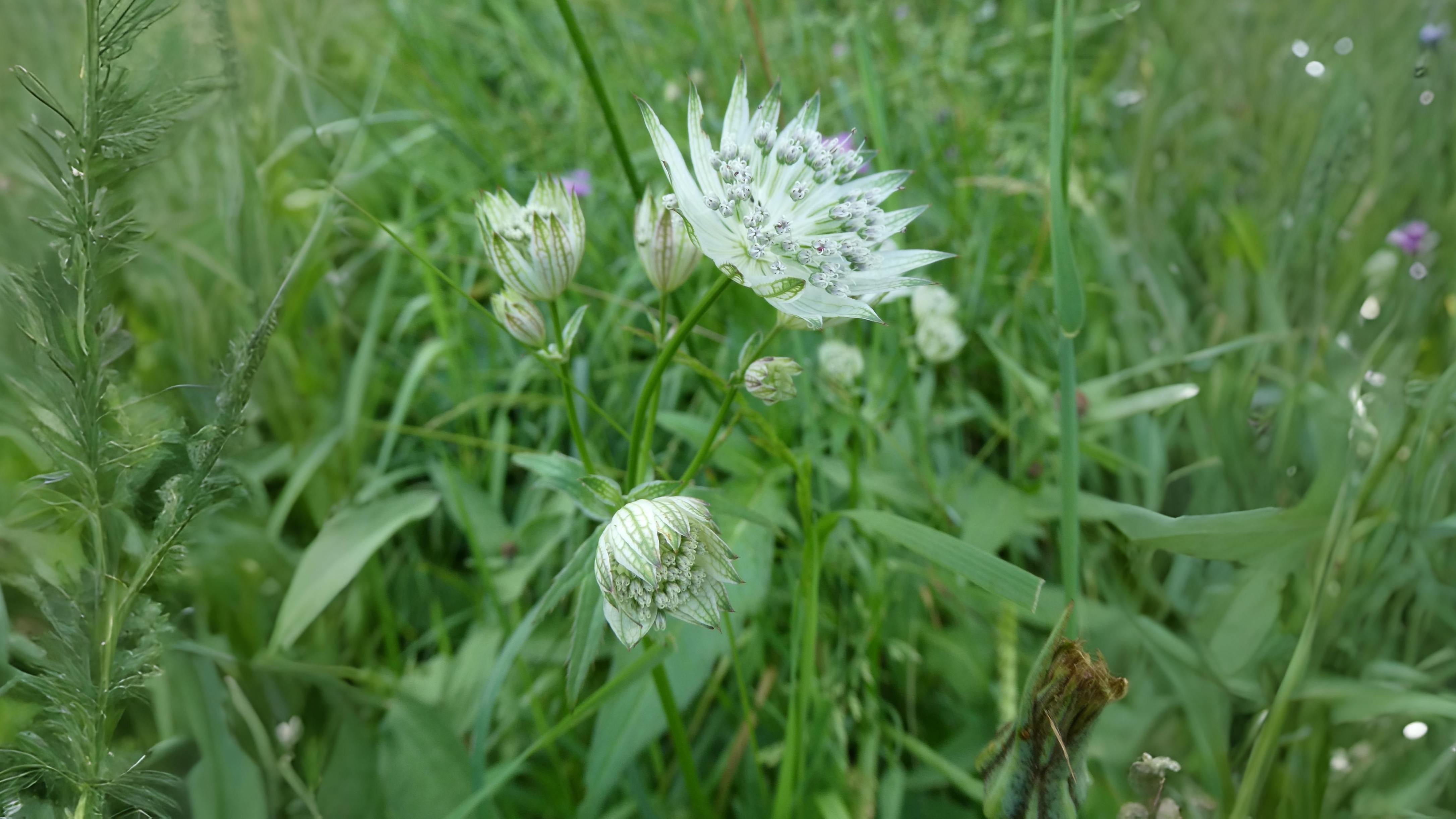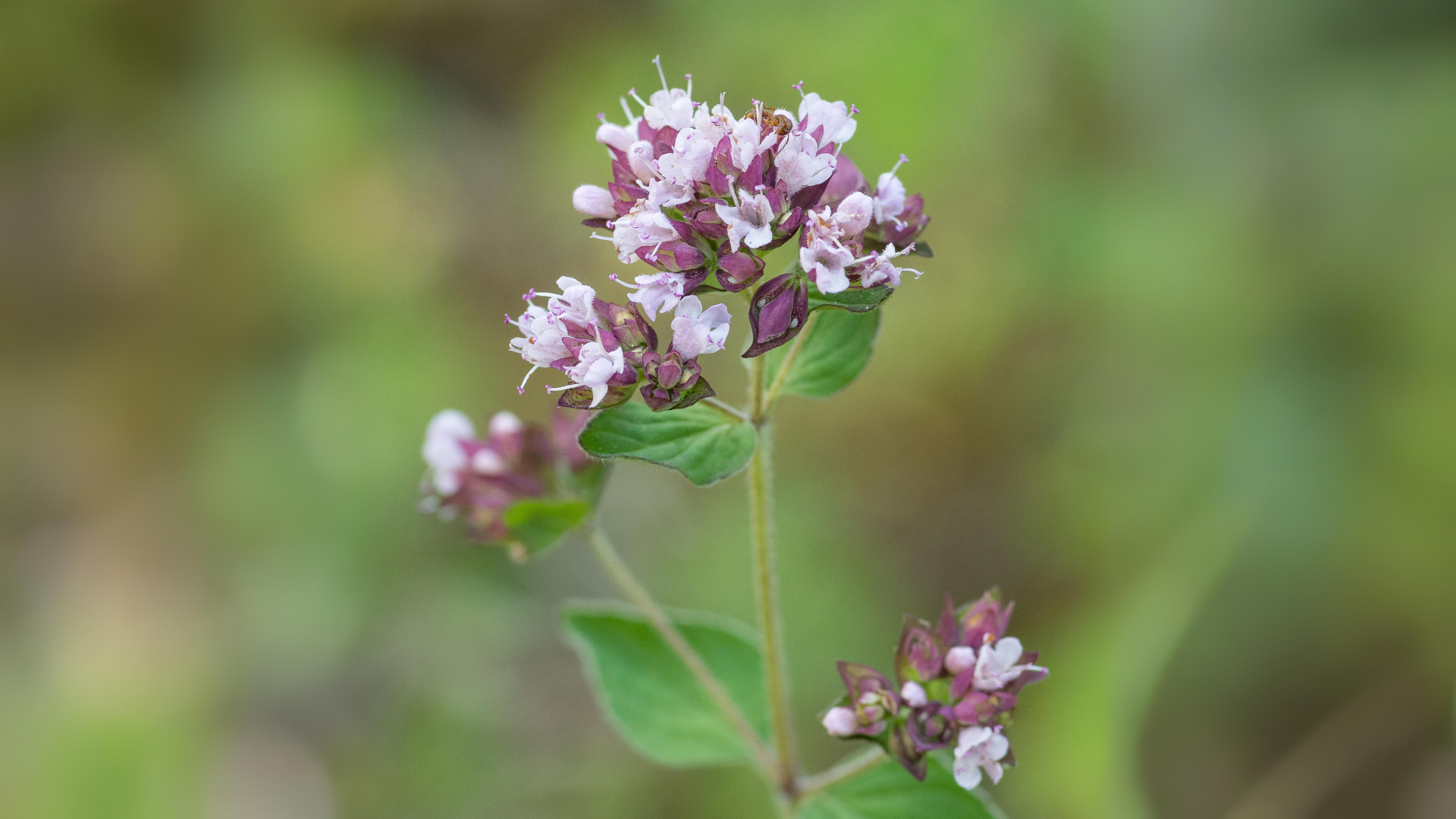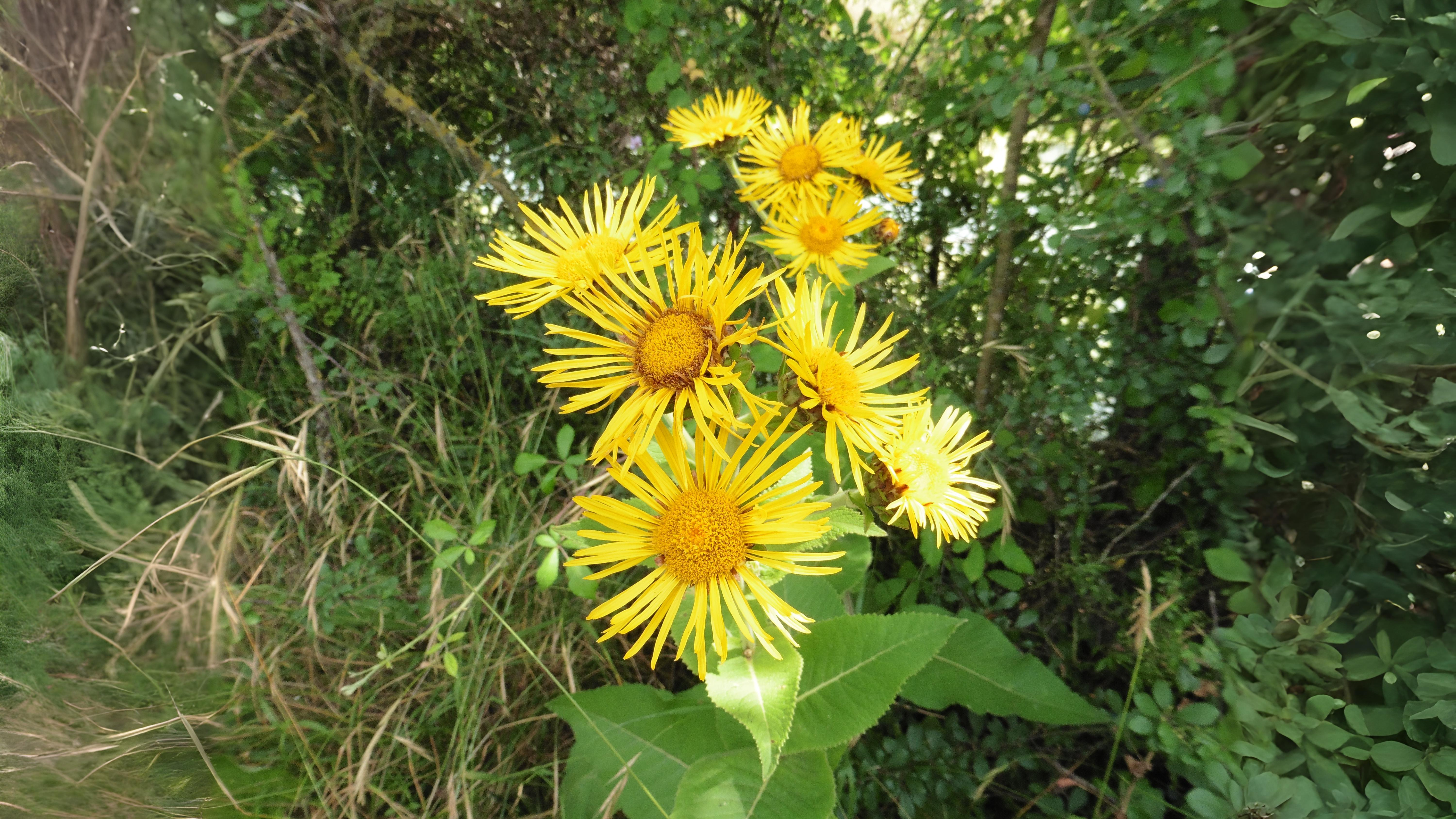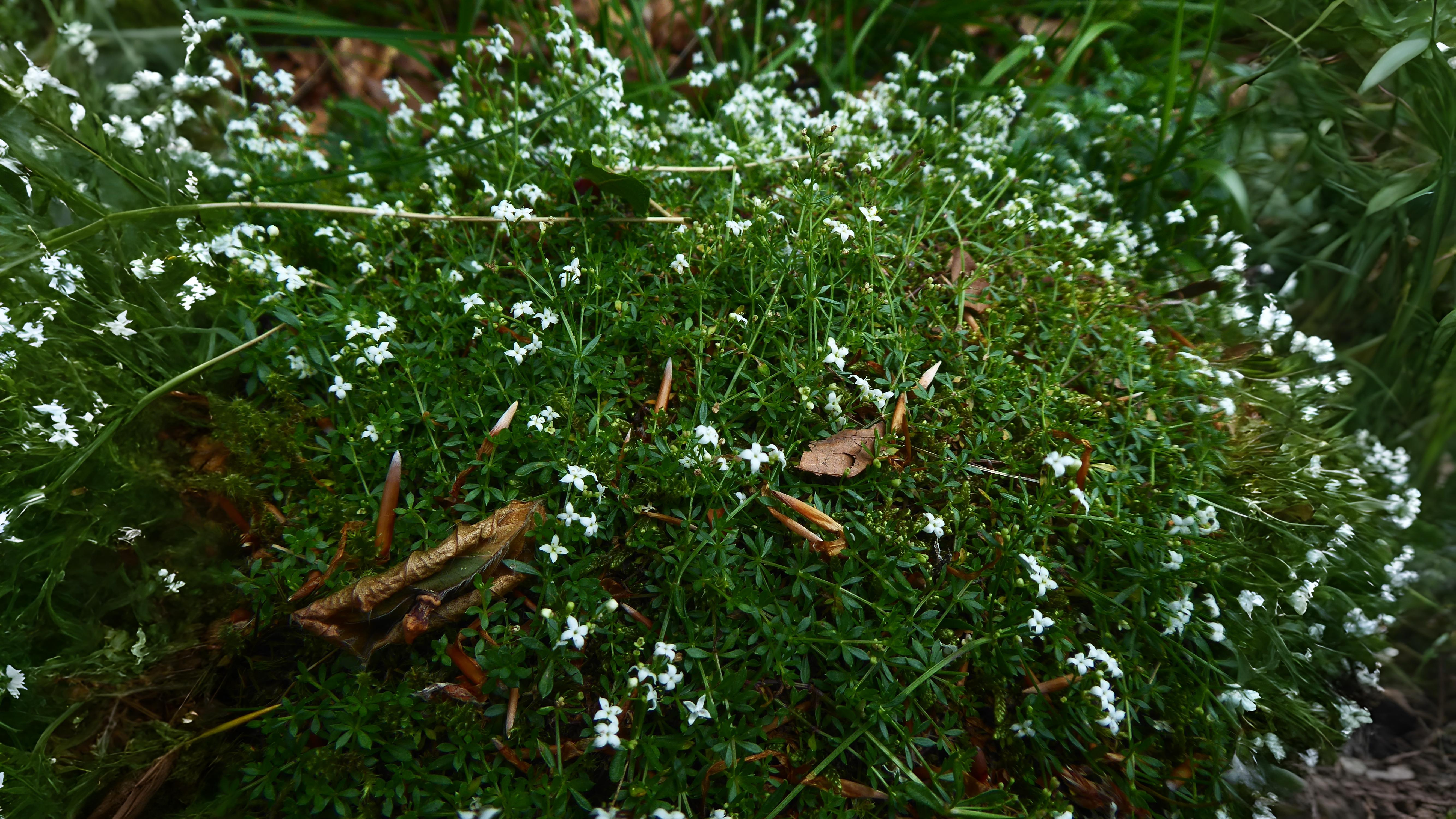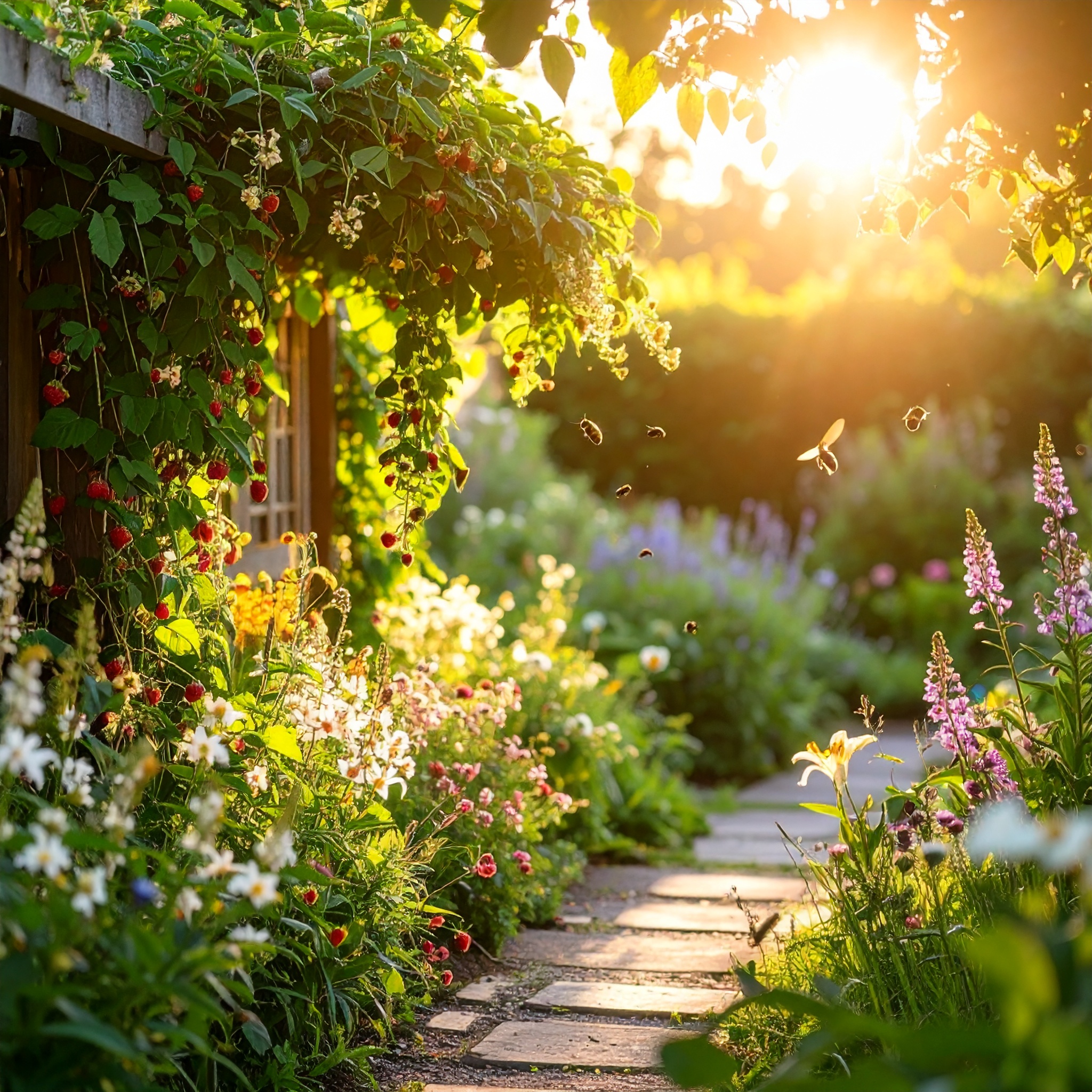
Did you know London’s wild strawberries smell like musk, or that medieval pilgrims stuffed mugwort in their shoes for comfort? This month, the city’s air is thick with vanilla-scented traveller’s joy, clove-scented orchids, and the intoxicating indole of lilies—so potent it’s used in perfumery. Yet not all fragrances are sweet: fool’s parsley reeks of mice, while some umbellifers smell of petrol and nutmeg. Return July 22 to uncover the hidden aromas of London’s gardens, meadows, and wild hedgerows—where every sniff tells a story.








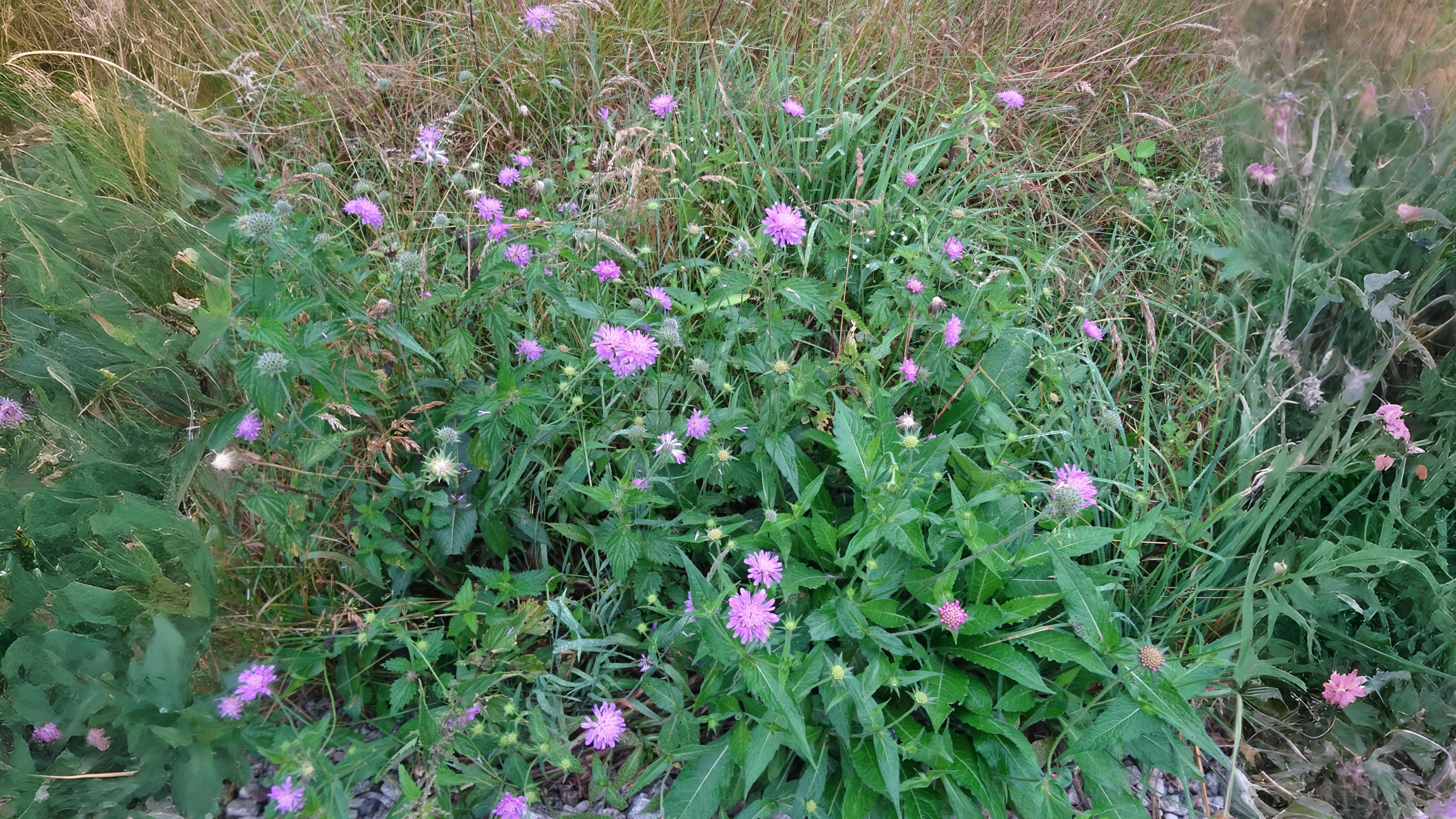

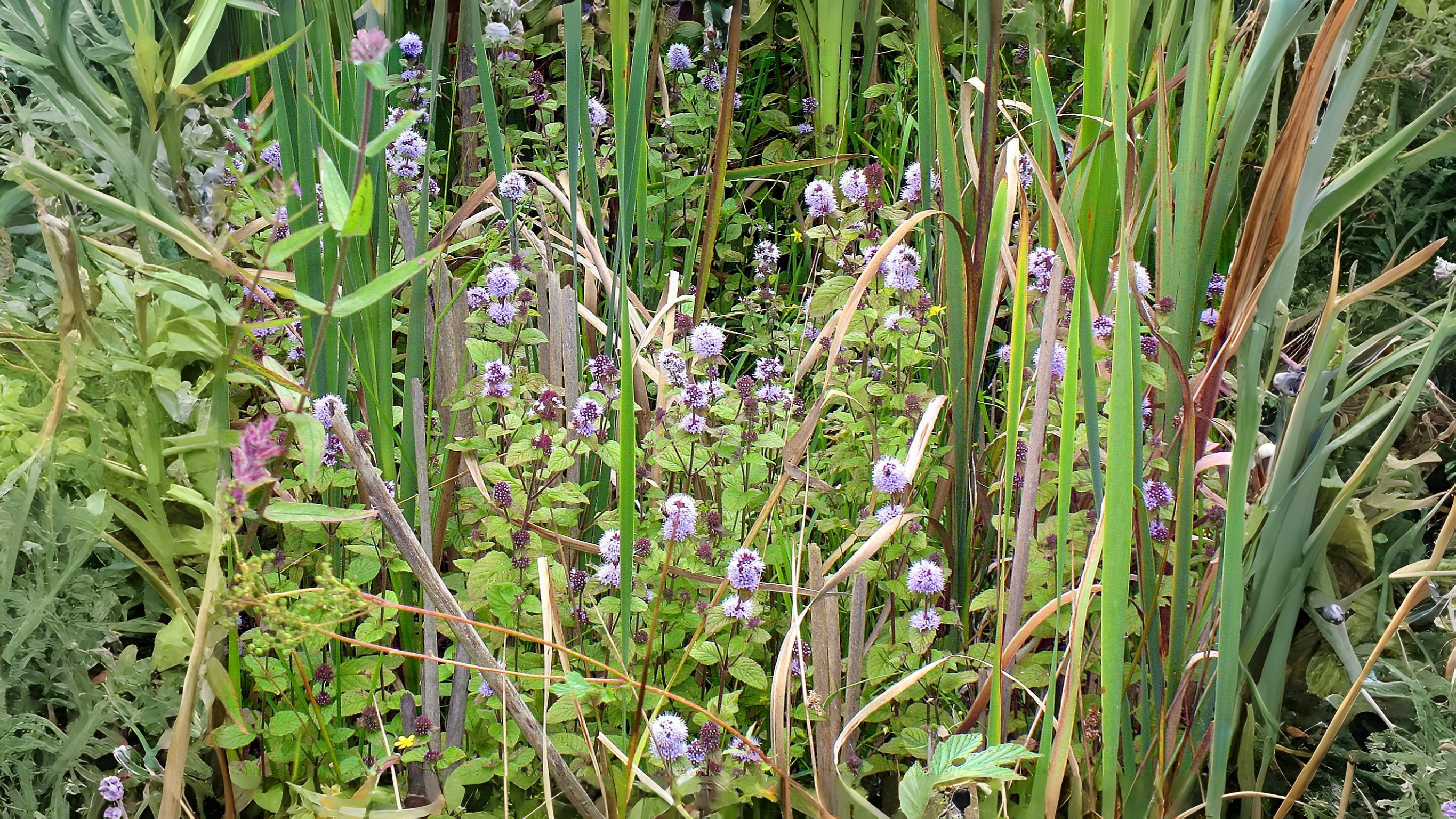

It is in the garden the really big scents of July are to be found, especially among the lilies, honeysuckles, roses, jasmines and passion flowers. Campions, pinks and carnations are always associated with cloves. Some snapdragons and wild bladder campion throw their soft clove scent but only in the evening. Old roses, especially the gallicas, bourbons, damasks, albas, cabbage and moss roses are all still highly scented. However, rose gardens are not quite as scented now as they were as many of the single flowering species are now going over. The repeat-flowering species are continuing to flower but they are generally noted for their lack of scent.
